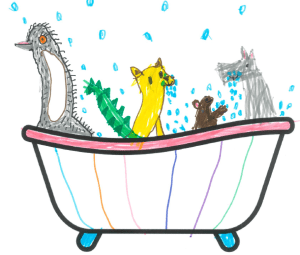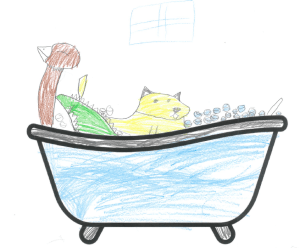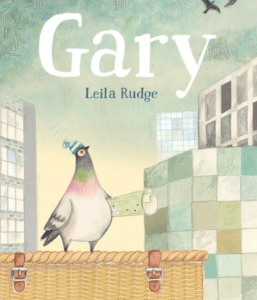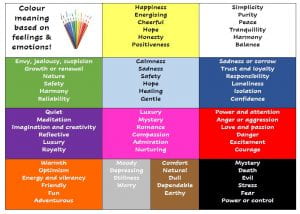The Children’s Book Council of Australia (CBCA) launched a Shadow Judging Program in 2022. Year 2 reviewed and judged each of the CBCA Early Childhood Shortlist books. Using A3 paper, a review chart for each of the books was completed by all students. Due to the tight deadline we had to read and review two books each lesson. Unfortunately due to clashes with special events we were not able to meet the deadline to submit a collective vote to the Shadow Judging Program. Forward planning I would start the exercise at the end of Term 2 to ensure that we can meet the deadline.
The creative activity was to design a diorama for each of the Shortlist books. Students were split into teams and shortlist books were randomly allocated. The fist step was planning, it was helpful focusing on a page within the book to help streamline ideas. Students were assigned different tasks including:
- designing the top piece which included the book title, author and illustrator, an image from the book, group names and class
- creating a background or back drop for the diorama
- designing a floor to place the inside items
- designing and creating items to stand or hang from the ceiling, items included characters, objects, and symbols from the story
Students were provided with a range of craft materials and created delightful representations of the stories. The diorama boxes were sourced from Clever Patch.





































































